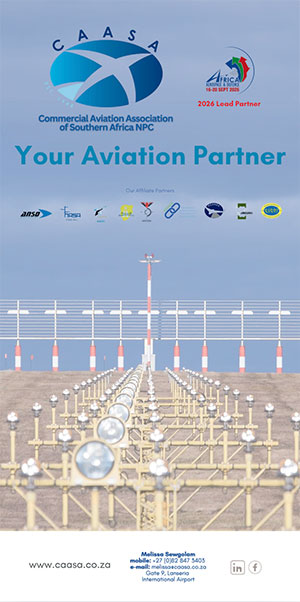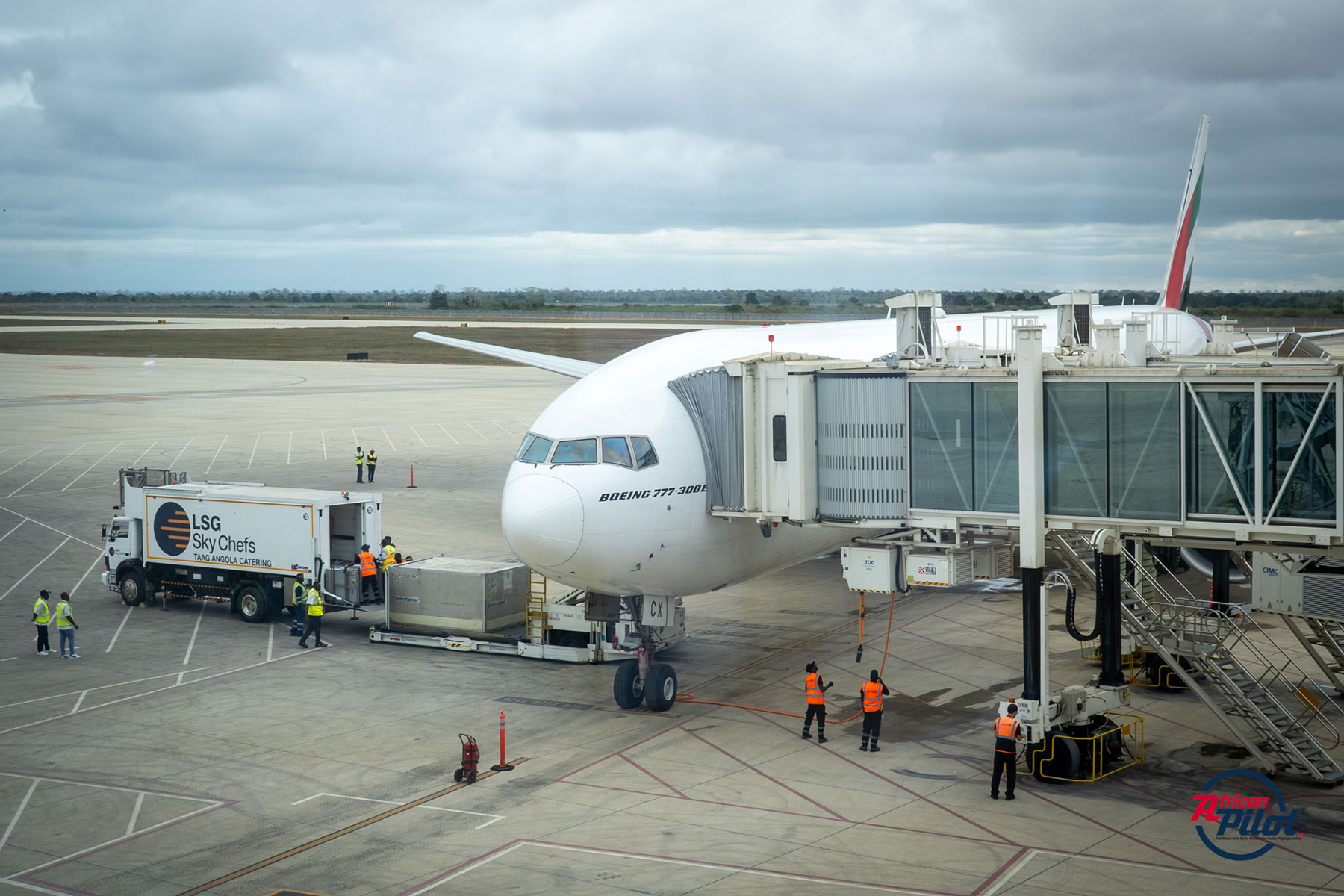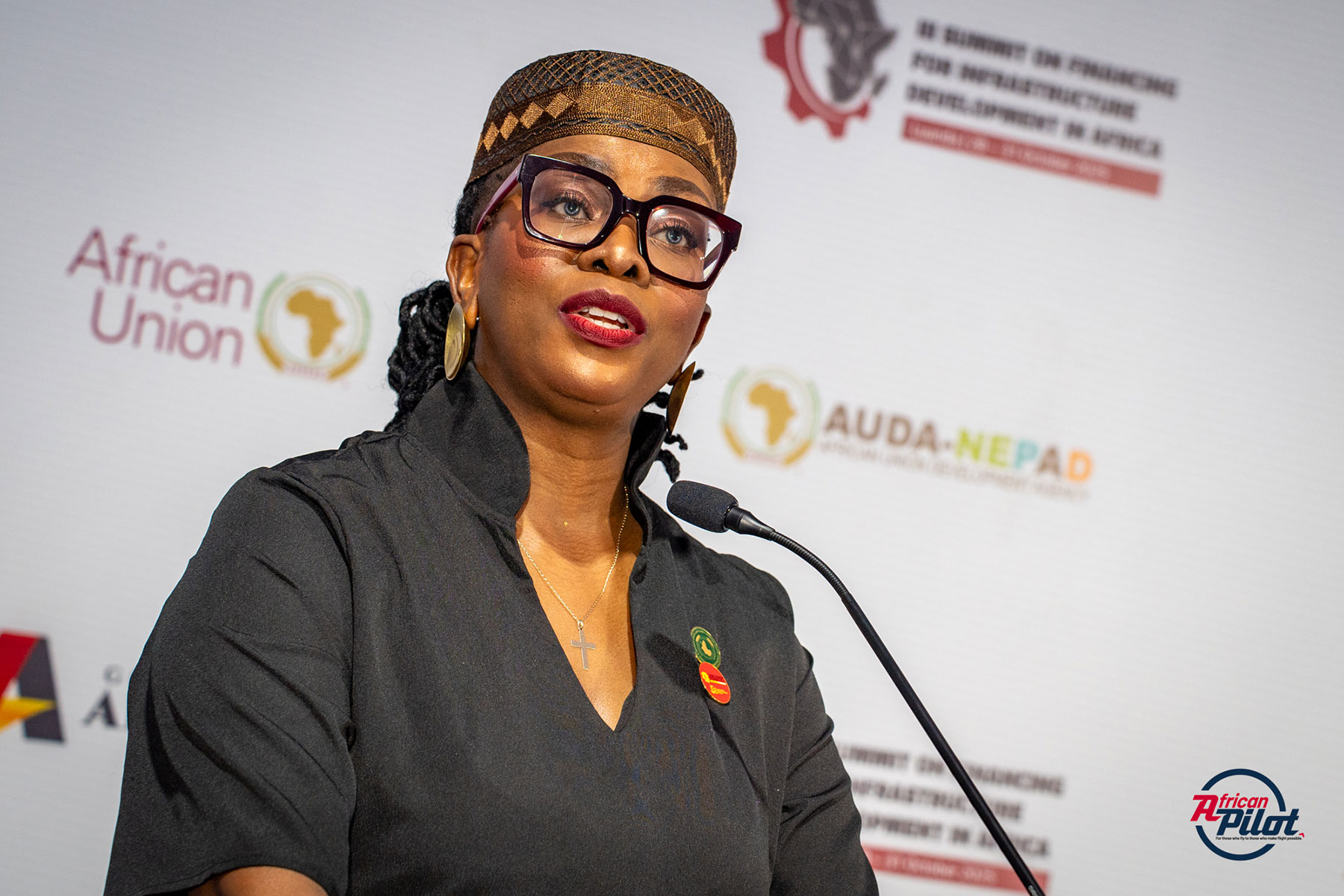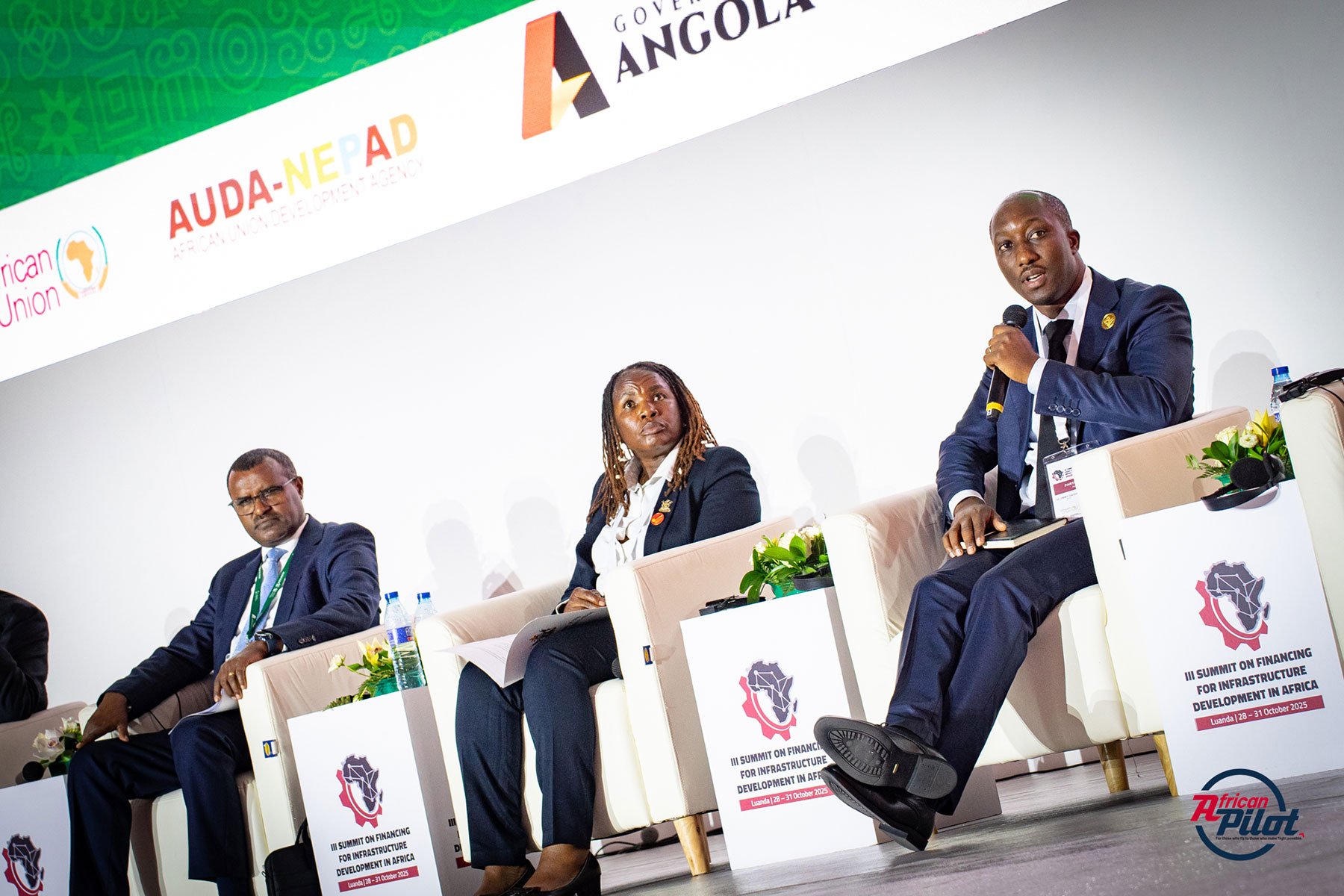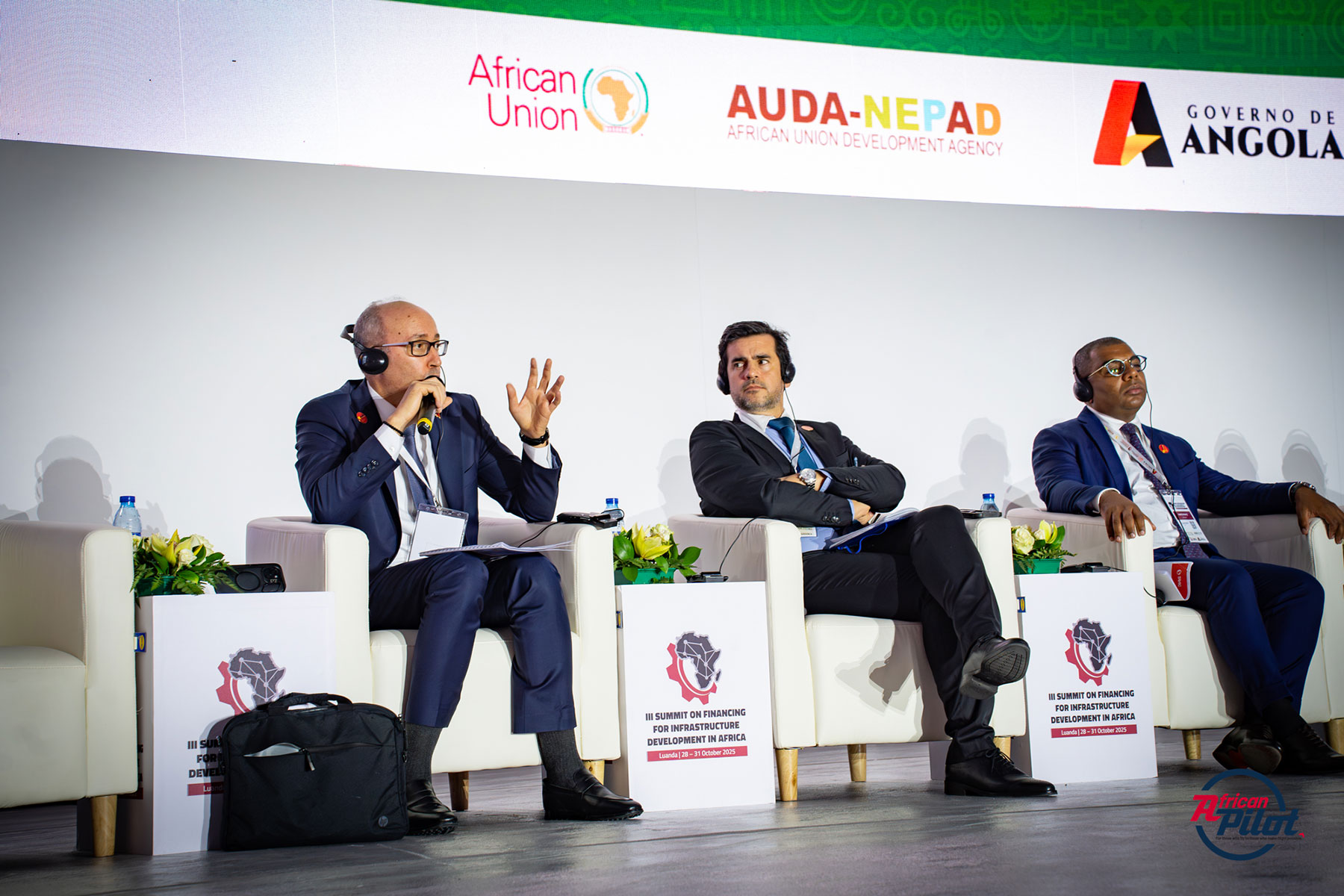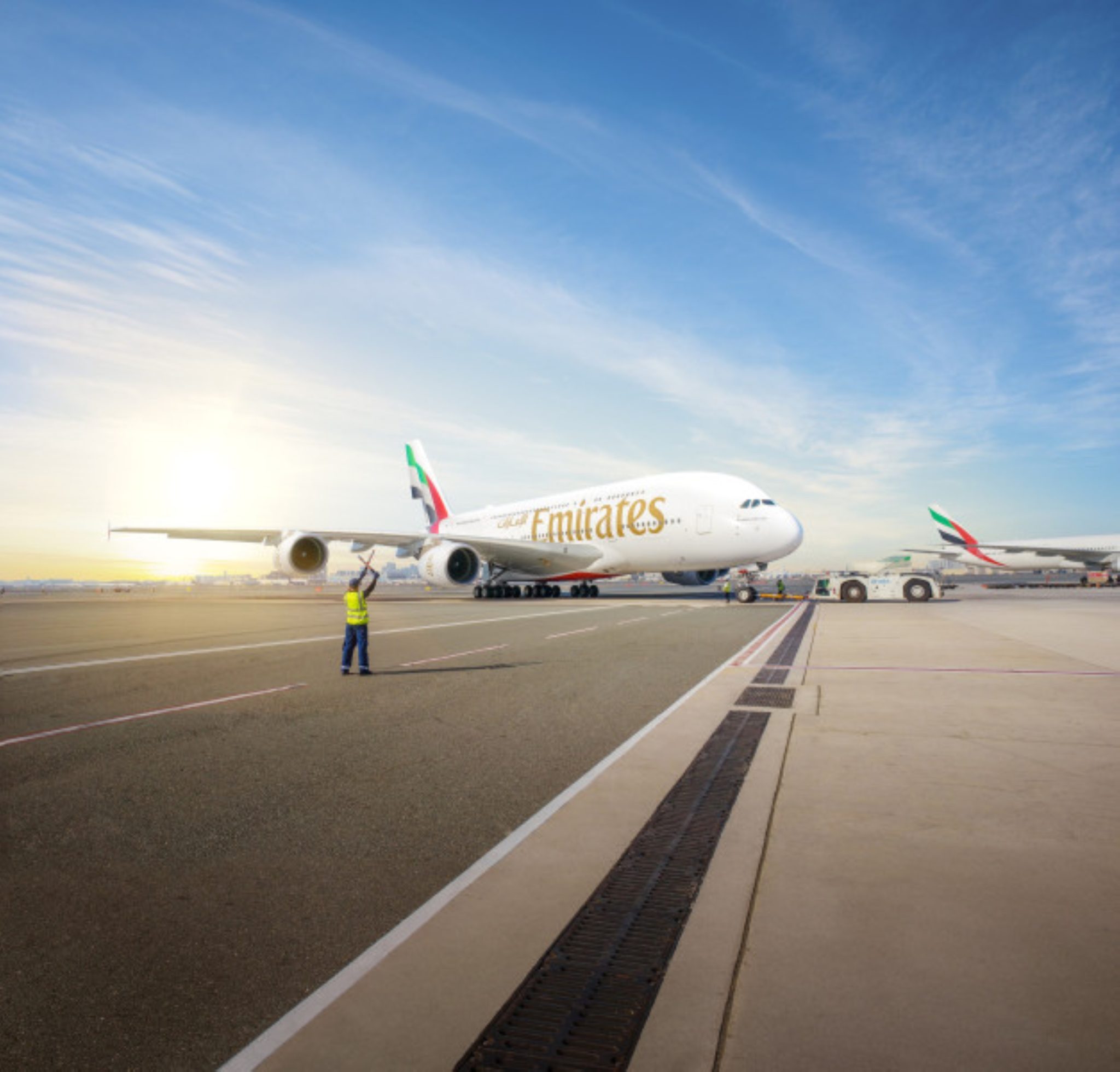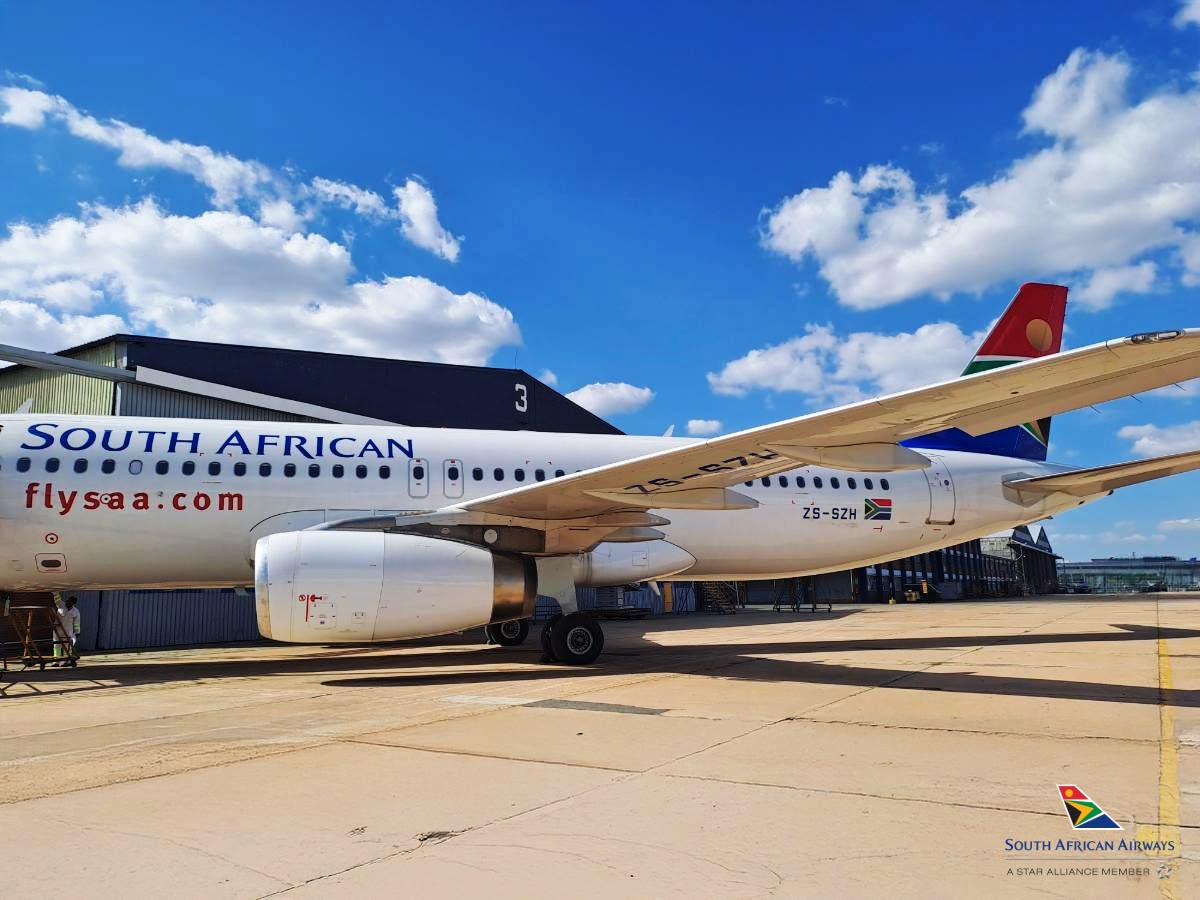Why it Matters
- The priorities outlined by AFCAC reflect a structured roadmap for realising the Single African Air Transport Market. Six key pillars form the foundation of this process: advocacy, regulatory harmonisation, operationalisation, collaboration with operators, infrastructure development, and safety and security. Together, they provide a framework to align Africa’s 55 aviation markets under a single, integrated system.
- Advocacy ensures that aviation is recognised as a catalyst for economic transformation rather than a luxury sector. Regulatory harmonisation through the Yamoussoukro Decision remains critical to reducing fragmentation and standardising operations across the continent. Operationalisation focuses on countries ready to advance, translating commitments into tangible results through new route openings and compliance with shared frameworks.
- Collaboration with airlines continues to drive practical progress, with nearly 110 new intra-African routes launched in recent years, improving connectivity and reducing reliance on non-African hubs. Infrastructure development, informed by a gap analysis of 41 countries, targets 60 priority areas including aerodromes, cargo facilities and navigation systems to strengthen existing capacity. Underpinning all of this are safety, security, and financing — ensuring aviation remains sustainable, adequately resourced, and resilient.
- The way forward calls for measurable progress, political action at the highest level, and investment in regional projects that can demonstrate the benefits of SAATM in practice. By addressing cost barriers, improving cooperation, and focusing on strategic infrastructure, Africa’s open skies can become a cornerstone of continental integration and growth.
At the recent Luanda Financing Summit for Africa’s Infrastructure Development, held between 28 and 31 October 2025, a panel discussion on Financing and Modernising African Civil Aviation Infrastructure brought together airline leaders, policymakers, financiers and regulators to examine how investment in aviation infrastructure can accelerate the implementation of the Single African Air Transport Market (SAATM). The session sought to position Africa’s airspace as a key investment opportunity, focusing on using SAATM to create a unified and open airspace that will significantly boost trade and tourism across the continent.
Moderated by Mr Eric Ntenganderwa, Head of Transport and Mobility Division, African Union Commision (AUC), the session centred on how closing the existing infrastructure gaps can support the realisation of SAATM. He opened by noting that aviation is a vital part of Africa’s transport and economic ecosystem and invited Ms Adefunke Adeyemi, Secretary General of the African Civil Aviation Commission (AFCAC), to provide an assessment of the progress achieved since SAATM’s launch in 2018.
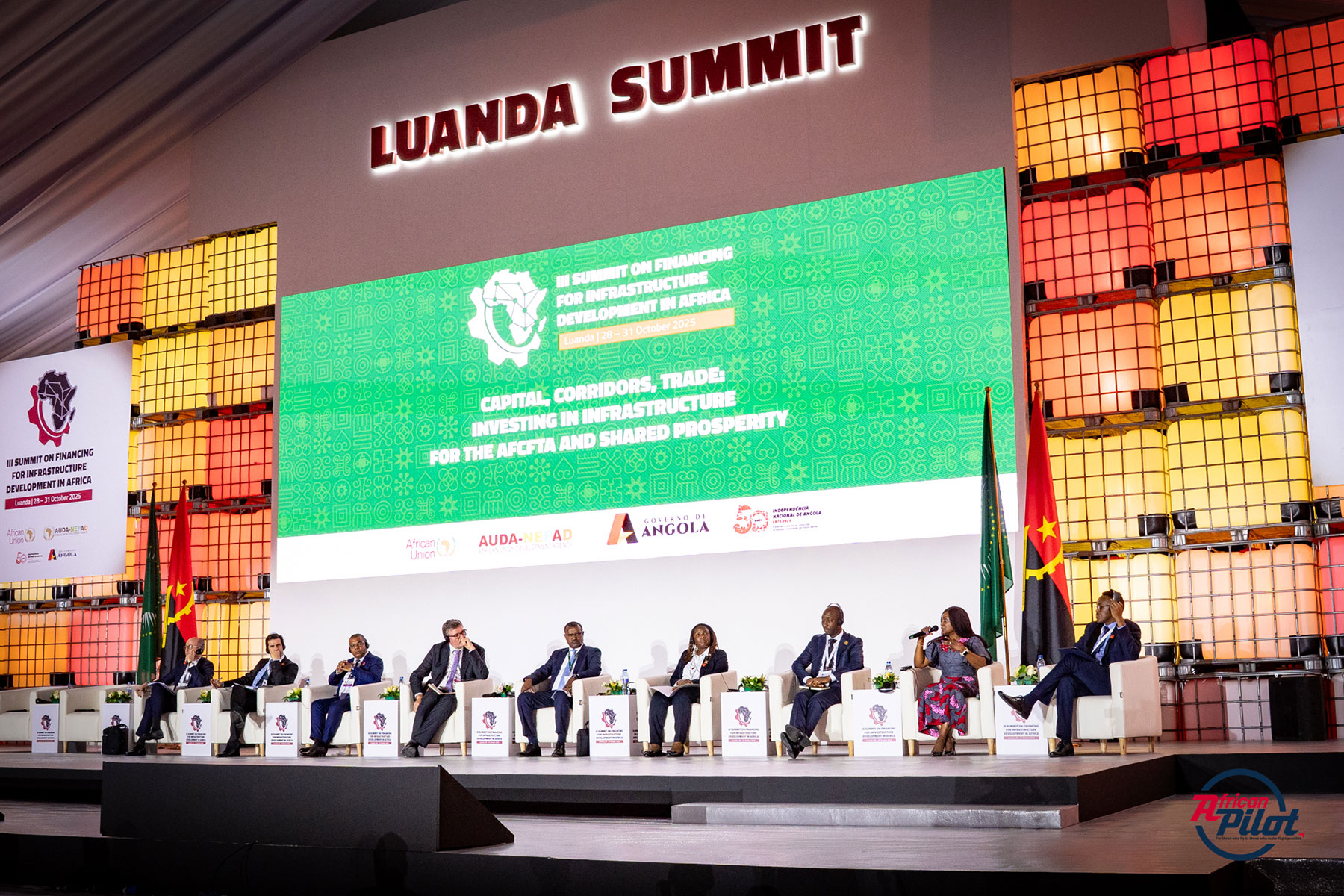
Ms Adeyemi began by providing context on Africa’s vast geography and its existing aviation capacity. She noted that every African country already has at least one runway and an airport, meaning that the foundation for a connected continental network is already in place. The next step, she said, is to focus on the enablers that will ensure this infrastructure contributes effectively to Africa’s economic and social transformation.
She explained that the Single African Air Transport Market is designed as an intra-African initiative to ensure open skies between member states. Its aim is to facilitate the movement of people and goods between African cities in the shortest possible time, at the lowest possible cost and in the most efficient way. SAATM, she added, is structured around six pillars: advocacy, regulatory framework, operationalisation, collaboration with operators, infrastructure development, and safety and security.
Under the first pillar, advocacy, AFCAC continues to raise awareness that aviation is not a luxury industry reserved for the elite but a critical catalyst for national and continental development. The second pillar, the regulatory framework, addresses the need for standardisation and harmonisation across Africa’s 55 countries. Fragmented standards and varying regulations, she said, make it difficult to operate efficiently. The Yamoussoukro Decision and its accompanying instruments serve as the foundation for harmonised regulation across countries and regional groupings.

On operationalisation, Ms Adeyemi outlined AFCAC’s practical approach to implementation. The Commission works with countries that are ready to move forward, supporting them to ensure market access in a harmonised and compliant manner. In collaboration with airlines, almost 110 new intra-African routes have been launched in the past three years. This, she said, has reduced travel times for many Africans and lessened the dependence on non-African hubs for continental connectivity.
Ms Adeyemi highlighted that a comprehensive gap analysis covering 41 countries identified 60 specific infrastructure deficiencies, prioritised by impact. The focus is now on aerodromes, cargo facilities, air navigation systems and safety improvements aimed at enhancing existing infrastructure rather than building from scratch. She emphasised the importance of ensuring that Africa’s aviation systems are properly financed and resourced, both in financial and human capital terms.
Responding to the question of what more needs to be done, Ms Adeyemi said that political action, rather than political will, is essential. She pointed to examples such as East Africa’s Northern Corridor, where decisive leadership among states allowed for integrated progress. Aviation, she said, is similarly a network business that depends on cooperation at the highest political level. She called for heads of state to act as champions for aviation integration and for African states to keep their skies open to one another.

She also drew attention to the high cost of air transport across Africa, describing it as the most expensive in the world. Excessive taxes, levies and fees imposed on aviation are rarely reinvested into the system and must be reduced if the industry is to thrive. At the same time, she called for continued harmonisation to reduce fragmentation and ensure that aviation projects are integrated into the wider Programme for Infrastructure Development in Africa (PIDA) and other continental frameworks.
Ms Adeyemi noted that AFCAC’s aviation initiatives over the past three years have been largely funded by the African Development Bank, with additional support from the European Union, and that work is under way to expand the organisation’s partnerships.
As the discussion drew to a close, Mr Ntenganderwa asked the panellists where they envisioned the sector would be by the time of the next summit. Ms Adeyemi responded that by the following year, progress should be evident through tangible investments in at least five countries across the continent’s five regions. She identified key areas of opportunity, including airport and cargo facility modernisation, communication and air traffic management systems, sustainable aviation and green energy transitions, aircraft and fleet upgrades, and non-physical infrastructure such as visa facilitation and customs improvements.
She concluded by stressing that progress must be demonstrated through visible results rather than ongoing discussion. Delivering measurable outcomes, she said, would help establish the trust and confidence needed to attract further investment. AFCAC, she reaffirmed, stands ready to continue coordinating aviation infrastructure development across the continent to ensure that aviation fulfils its role as a driver of economic integration and growth.
The panel underscored that Africa already has the basic infrastructure necessary to support a connected air transport network. What remains is to harmonise policies, reduce operating costs and mobilise investment under the SAATM framework. By doing so, aviation can become a cornerstone of Africa’s development, unlocking the continent’s full potential through open skies and improved connectivity.




